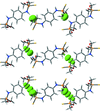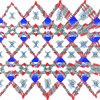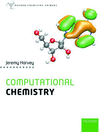issue contents
December 2018 issue

Cover illustration: Single-crystal neutron diffraction at 2.5 K and a subset of neutron data collected at 170 K, combined with information from X-ray diffraction at the same temperature, suggest static disorder for the proton in the short intramolecular hydrogen bond of 3-[2-(pyridin-4-yl)ethyl]pentane-2,4-dione. See Truong, Meven & Englert [Acta Cryst. (2018), C74, 1635–1640].
polyoxometalates


research papers






















































book reviews


 journal menu
journal menu














































